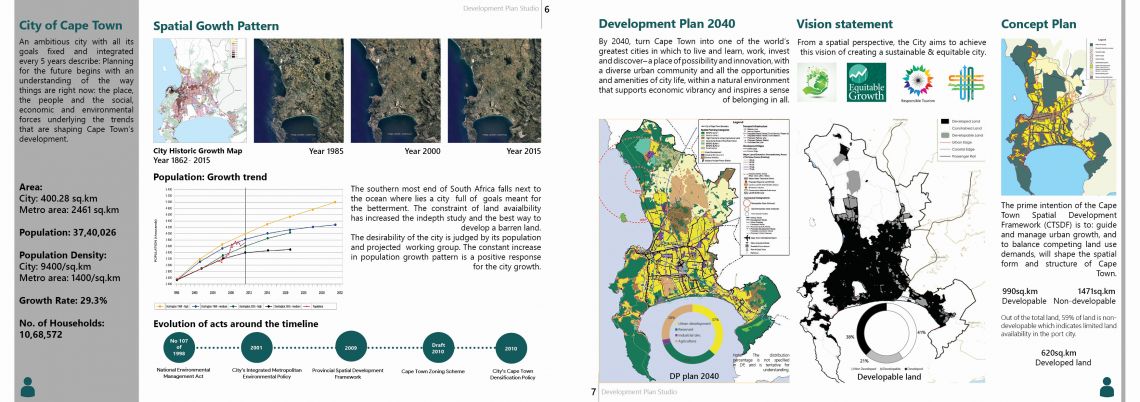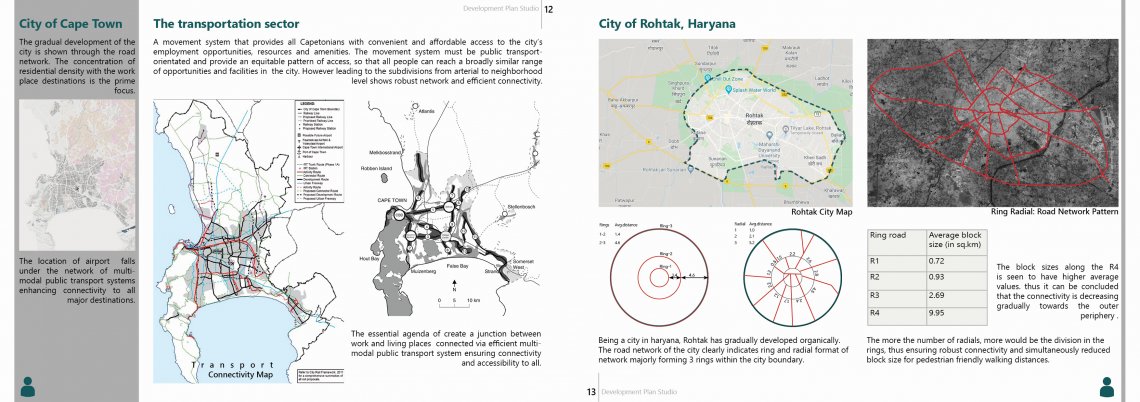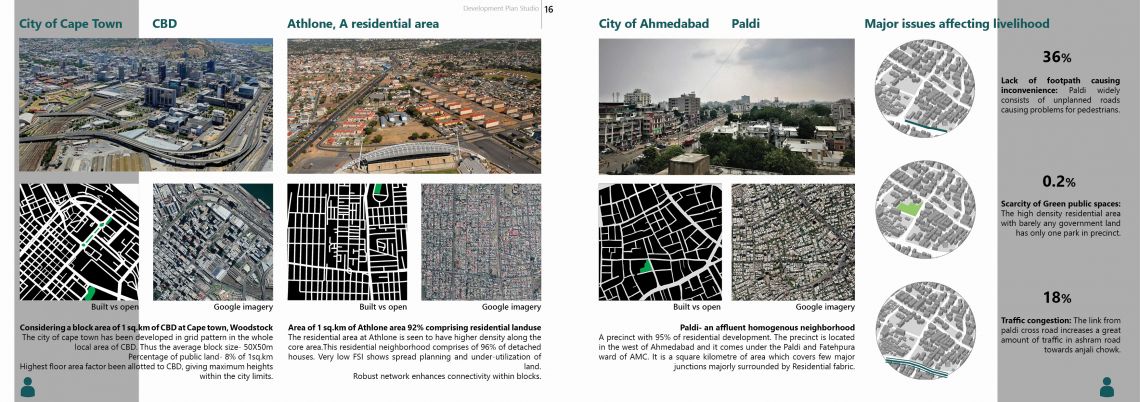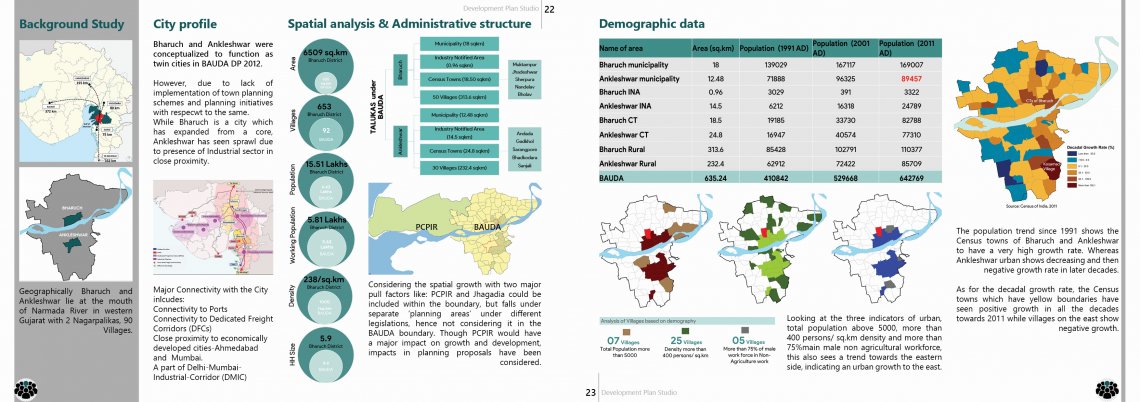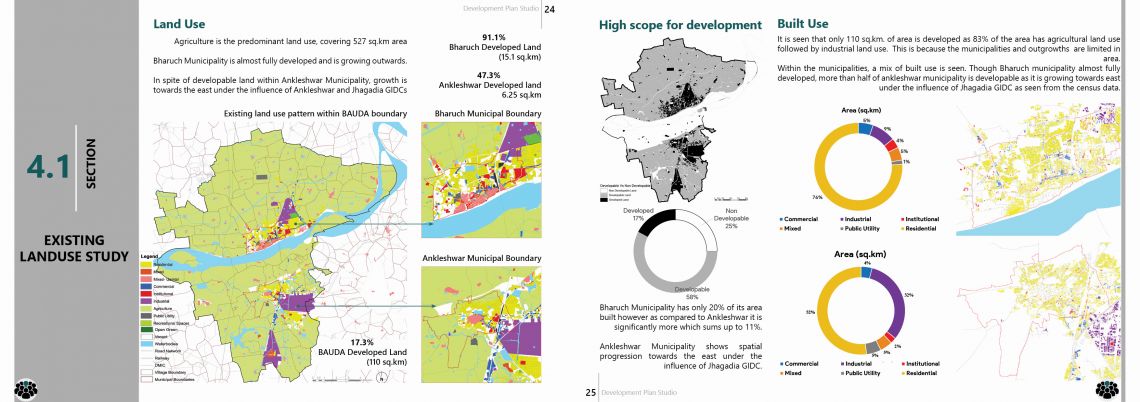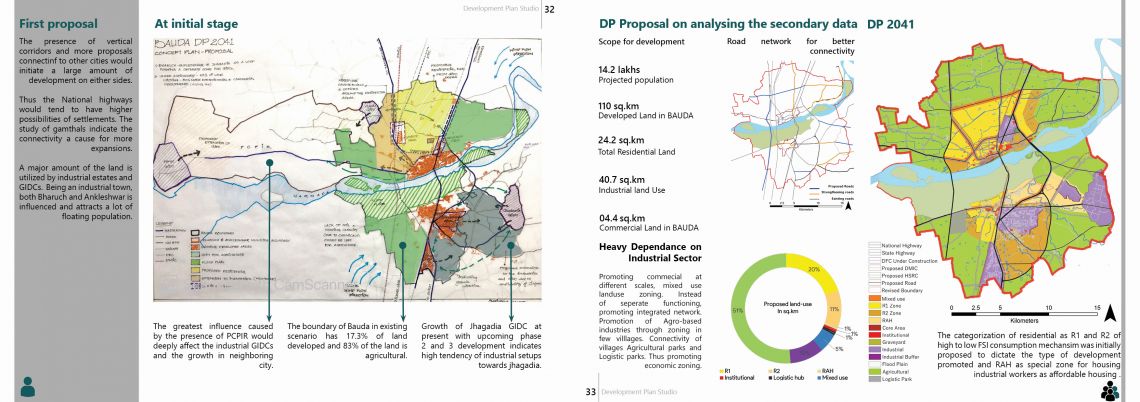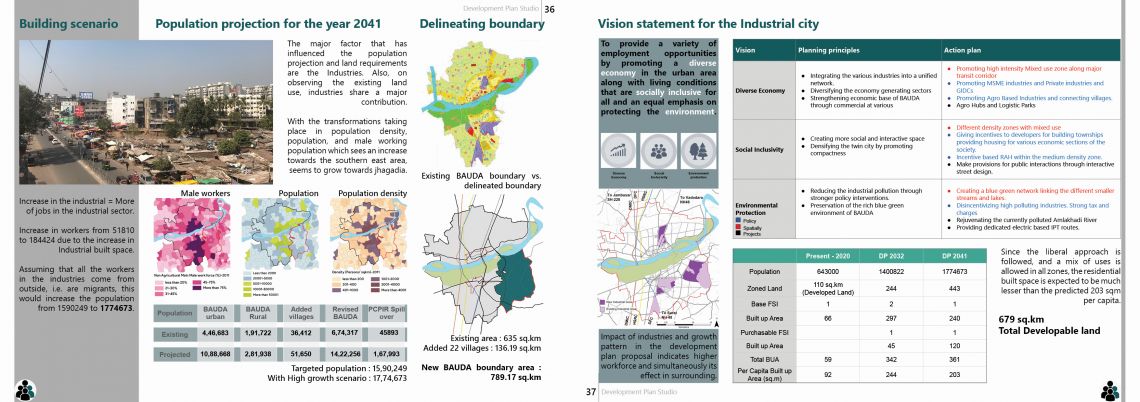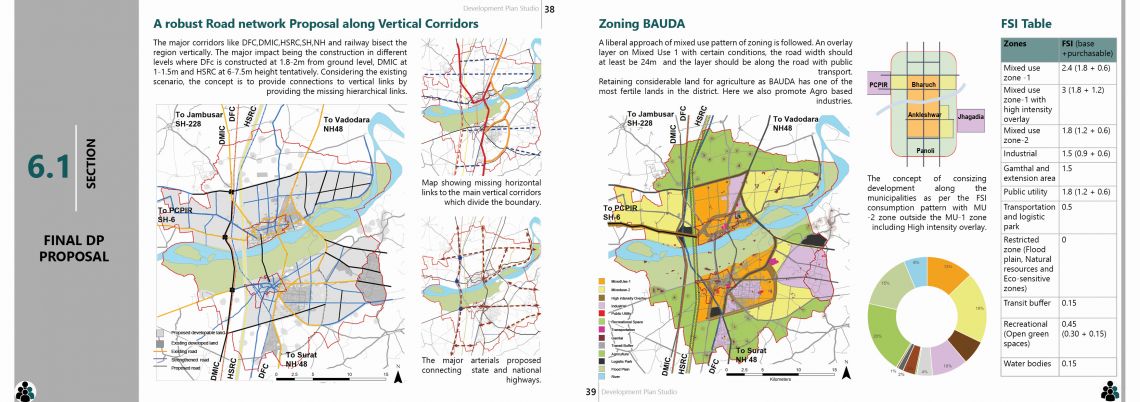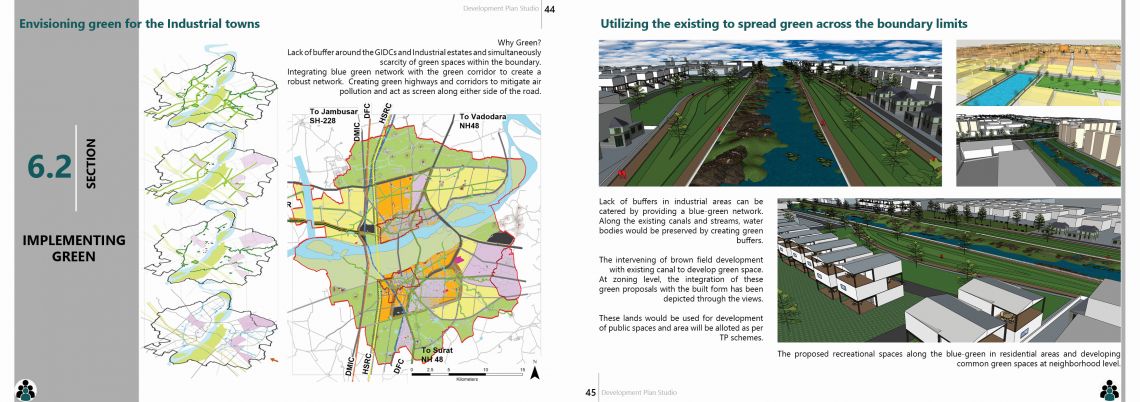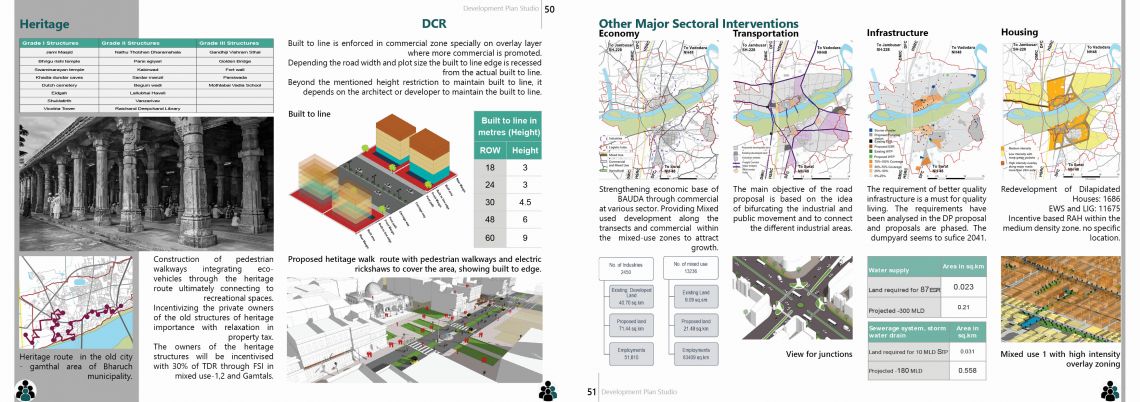Your browser is out-of-date!
For a richer surfing experience on our website, please update your browser. Update my browser now!
For a richer surfing experience on our website, please update your browser. Update my browser now!
‘Development Plan Studio’ in this second semester of the course outline can be explained as the first attempt to the studio analysis of a city. The main aim of the studio was well structured to brief about the sectors a development plan deals with. In the first week, the analysis of issues and a major cause of an sq.km of the area in Ahmedabad from the previous semester study and figure out the best possible solutions to tackle the current situation. The second week majorly focused on two aspects: one was the case study of a Development plan across the countries to understand the vision, principles behind the preparation of a DP. The next major factor responsible for a city to function efficiently is transportation connectivity. City of Rohtak, Haryana an organically developed city with ring-radial road pattern was studied to understand the block sizes and distance of arterial roads in a city that describes the ease of living. The major coverage of the semester went into understanding the chemical capital of India, Bharuch-Ankleshwar, one of the acting twin cities of Gujarat which would later lead us to the development plan proposal for the year 2041.
